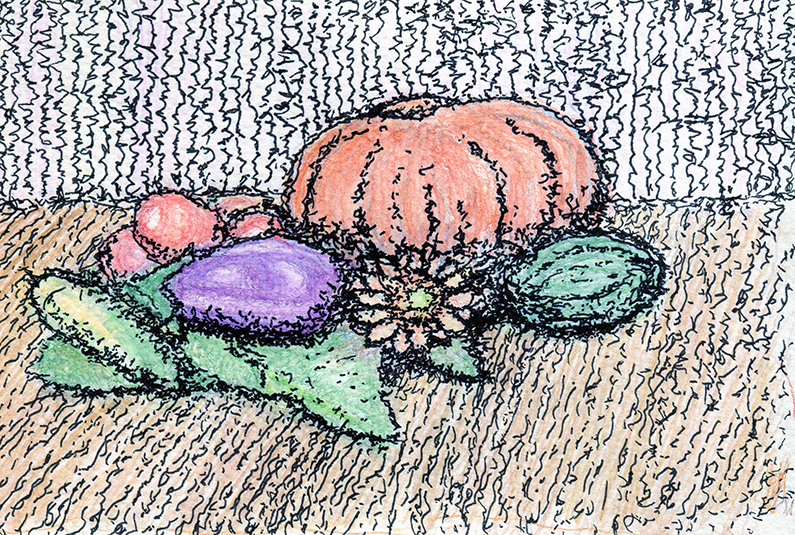Practicing gratitude has many benefits. It has proven to be the most reliable method of increasing happiness. It reduces anxiety and depression. It lowers blood pressure and reduces the symptoms of illness. We feel better when we are practicing gratitude.
How can we encourage ourselves to do more of it?
Keep a gratitude journal
One way is to keep a gratitude journal, listing a number (I like five) of items you appreciate about each day. It helps to do this at about the same time every day. Before you go to sleep, for example, you can list five things for which you are grateful. Take a moment to let the experience for which you are giving thanks sink in. “Swish it around in your mind,” remembering the sensory details and capturing them with descriptive language.
Redirect “negative” thoughts and feelings
When you find yourself having unpleasant thoughts or feelings, find within them seeds of gratitude. For instance, having a critical thought about someone (“she puts the minimum amount of effort into her job”), counter it by recognizing the gifts of the situation. (“She shows up for work on time each day. She’s dependable.”) You can make it a game to find the hidden jewels in each moment.
Let habits lead you to gratitude
There are things we do each day without thinking about them. You can use these habits to prompt thanksgiving. Brushing your teeth can remind you to be grateful for clean water, toothbrushes and toothpaste, dentists and hygienists and the evolution of modern dentistry. Eating lunch, you can give thanks to farmers and truckers, grocery employees and cooks. What do you do each day that might be an opportunity to practice gratitude?
If we plant seeds of gratitude, our practice will flourish. We will be happier, healthier, and more fun to be around. As you go through your day, look for opportunities to give thanks. It will make your heart sing.

